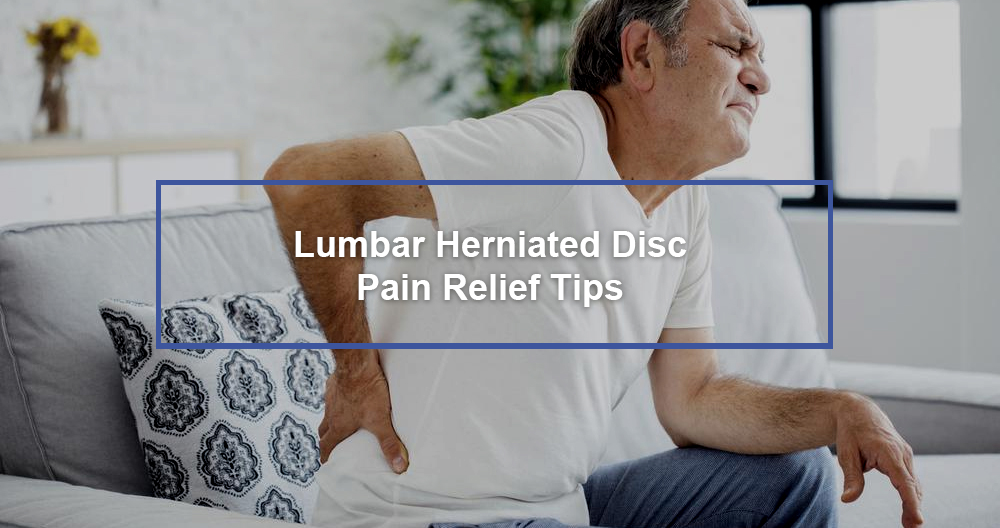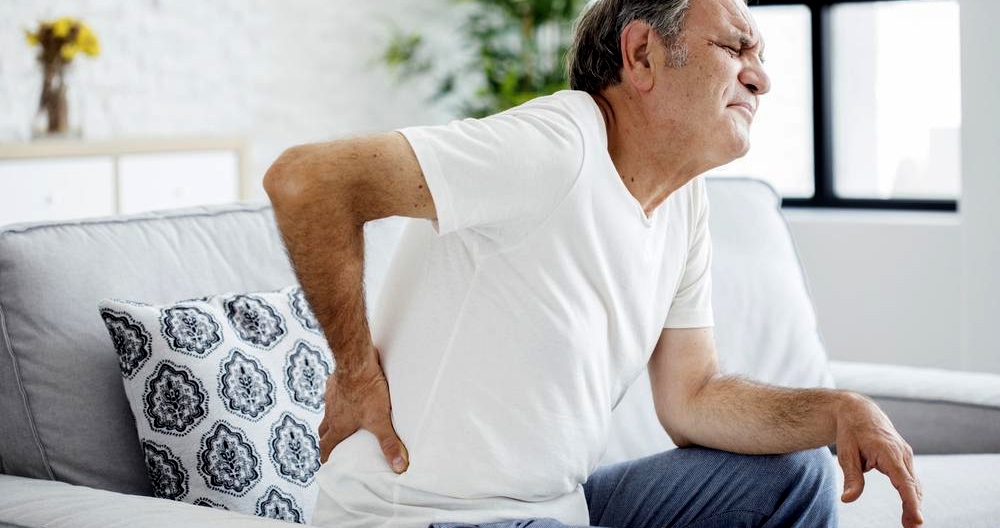
Tips to help you feel better, and lessen your pain
To relieve tension and pain, you can use cold or heat therapy.
Muscle tension can be caused by a herniated disc in the lumbar. This tension can be relieved by heat and cold therapy. Heating can relax tight muscles, which can cause spasms. It can also increase blood flow. The local temperature of the tissue is reduced by cold therapy, which can have an analgesic and anti-inflammatory effect.
- To reduce muscle tension, heat your back before you stretch or exercise.
- To heat your lower back throughout the day, use a heating pad. To avoid thermal injury, use a buffer such as a paper towel.
- The same technique can be used for pain relief after exercising, stretching, or massage.
- Your body can be heated with adhesive heat wrap, which provides low-level heat for many hours. Other options include warm showers or baths.
You can explore a wide range of options to find the one that works best for you. Your personal preference may dictate which heat you use and what type of heat.
Moderate physical activity releases endorphins.
Although it may seem counterintuitive, exercise can be a great way to relieve pain from a herniated or bulging lumbar disc. Exercise can improve mood and reduce pain perception by releasing endorphins.
Low-impact activities, such as swimming, are acceptable for people with lumbar herniated discs.
- Walking outdoors or on a treadmill
- An elliptical training device
- Cycling on a recumbent bicycle
Hydrotherapy is water-based and may be an option for severe pain. Because water’s buoyancy counteracts gravity, water-based activities can be a good option. This also helps to reduce the strain on your spine discs. Your healthcare provider may refer you to a program of water-based or swimming physical therapy.
Some sleeping positions can help relieve herniated disc pain.
Lumbar herniated discs can lead to severe pain, which can get worse over time. It may be possible to find a position that releases pressure from your spine. These are just a few of the options available:
- To relieve tension in your lower back, a pillow can be placed under your knees.
- Place a pillow between your knees, place it on your stomach and then lie down. This will keep your spine straight.
Your herniated disc position will determine your preferred sleeping position and pillow placements. Try different pillow positions and sizes to find the best one for you.
The McKenzie Method can be a great way of reducing sciatica pain.
The McKenzie Method is a type of physical therapy that uses a unique approach to exercise. The McKenzie Method can treat lumbar herniated disc pain. This involves a particular exercise program.
- Your symptoms will often dictate the McKenzie Method exercises that a physical therapist will recommend.
- Once you feel better, you can move to long-term rehabilitation. This will strengthen your back, and other important areas.
To reduce the chance of lumbar discomfort returning, a back strengthening and stretching program should be continued even after the pain subsides.
Myofascial release and/or massages can reduce pain.
Lumbar pain does not come from myofascial issues. It can, however, be a secondary cause. It can be worsened by poor posture or inactivity. One example is Myofascial release, which is a manual therapy that has been shown to reduce low back pain. You can get myofascial or postural training in a physical therapist, but you can also do it at home.
- To apply pressure to trigger or tender points in your lumbar region, you can use a massage stick or a lacrosse ball.
- After identifying a trigger/tender spot, apply constant pressure for 1- to 2-minutes to allow the muscles to relax.
- These steps can be repeated to activate multiple trigger points within your lumbar region.
- Inflamed muscles may feel uncomfortable if pressure is applied. To reduce pain, cold therapy (ice), is strongly advised after myofascial relief.


